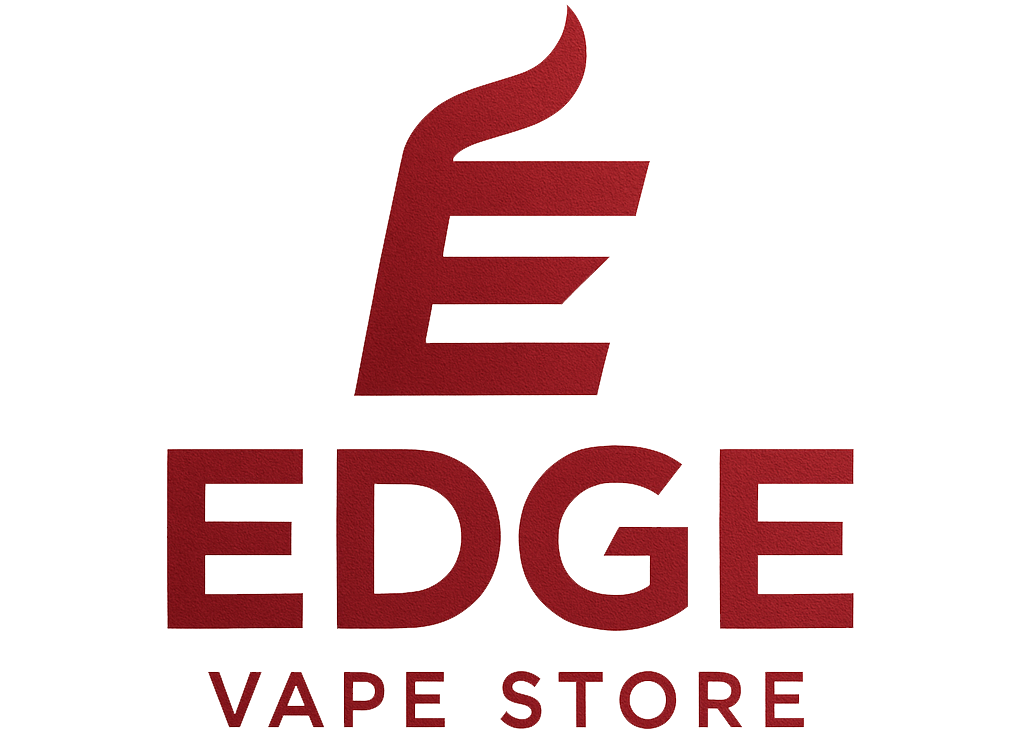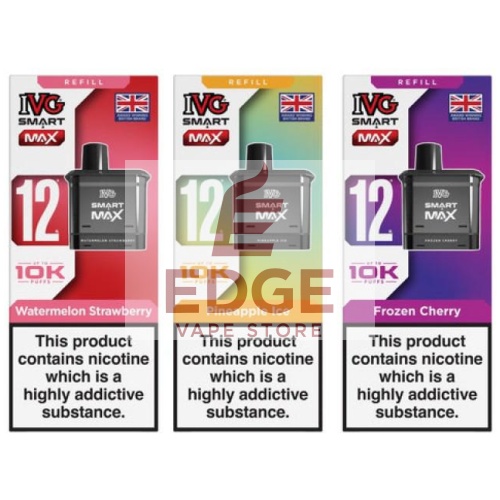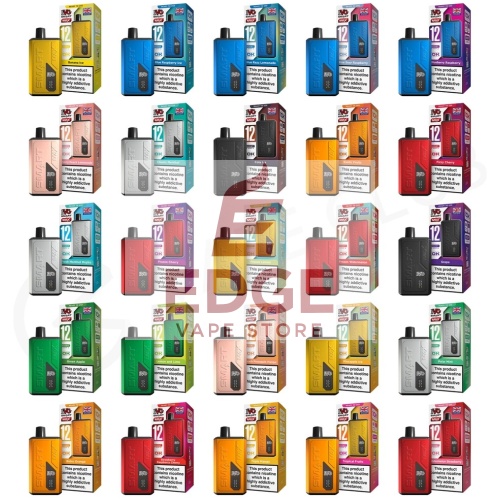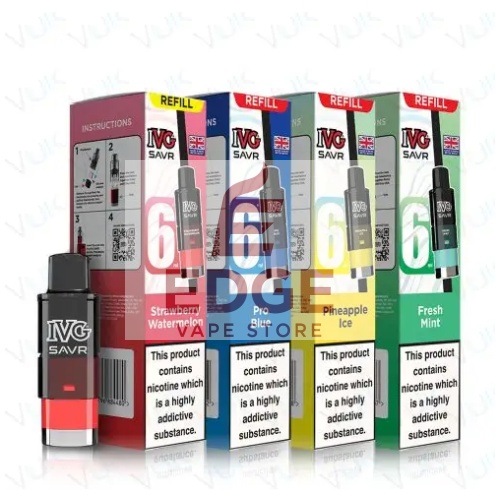
The Evolution of Vaping: How Things Have Come Full Circle
The world of vaping has transformed dramatically since its inception, with new technologies, devices, and trends shaping the way people vape. From the early days of basic e-cigarettes that mimicked the look and feel of traditional cigarettes to today’s high-powered mods and sleek pod systems, vaping has seen several stages of innovation. However, as the industry continues to evolve, many aspects of vaping have come full circle, with modern devices reflecting some of the simplicity and convenience of the earliest models. Let’s take a look at the evolution of vaping and how the industry is reconnecting with its roots.
The Early Days: The Birth of E-Cigarettes
Vaping began as a way to offer smokers an alternative to traditional tobacco products. In 2003, Chinese pharmacist Hon Lik invented the first commercially successful e-cigarette, inspired by his desire to quit smoking. Early e-cigarettes were designed to mimic the size, shape, and draw of a regular cigarette, giving users a familiar experience. These “cigalikes” featured a simple, closed system where a disposable cartridge held e-liquid and a small battery-powered atomizer vaporized the liquid.
This design was effective for many people transitioning away from smoking. The small size, straightforward operation, and cigarette-like feel made cigalikes a popular option. However, as vaping gained momentum, users began looking for ways to personalise and enhance their experience.
The Shift to Mods and Advanced Customization
As vaping grew in popularity, so did the demand for devices that offered more power and customizability. This led to the rise of mods, short for modifications, which allowed vapers to tweak their devices for bigger clouds, stronger hits, and a wider variety of flavors. Mods introduced features like larger batteries, adjustable wattage, and replaceable parts, giving users more control over their vaping experience.
Sub-ohm vaping, which involved using low-resistance coils to produce larger clouds of vapor, became a defining feature of mod culture. Cloud chasing and direct-to-lung (DTL) vaping grew in popularity as enthusiasts sought devices capable of producing intense vapor production. Box mods, often featuring multiple batteries and extensive customization options, became a staple for vapers looking for the biggest clouds and longest battery life.
During this period, vaping moved from being a simple smoking alternative to a hobby and subculture for many, with vaping competitions and cloud-chasing contests highlighting how far the technology had come. Devices became larger and more powerful, catering to those who wanted to push the limits of what vaping could do.
Enter the Pod Systems: A Return to Simplicity
While mods and advanced devices dominated the vaping scene for several years, there was a growing demand for simpler, more user-friendly options. Many new vapers, particularly those switching from smoking, found the complexity of mods overwhelming and were looking for something easier to use. This desire for convenience led to the development of pod systems, which brought vaping back to a more streamlined and accessible format.
Pod systems, like the popular JUUL, marked a return to the basic principles of early e-cigarettes—compact, portable, and easy to use. Unlike mods, which required users to manage e-liquid, coils, and batteries, pod systems came with pre-filled or refillable pods, making the vaping experience more intuitive. The emphasis was on convenience and portability, much like the original cigalikes. Pod systems also introduced nicotine salts, which allowed for higher nicotine concentrations without the harsh throat hit, making them ideal for smokers seeking a satisfying nicotine delivery without needing to produce massive clouds.
The rise of pod systems brought vaping back to its roots as a smoking cessation tool, prioritizing ease of use and discreetness over the elaborate setups of high-powered mods. This shift reflected a new understanding of the market, recognizing that many vapers simply wanted a straightforward and effective way to quit smoking.
Innovations in E-Liquids: A Full Circle Back to Nicotine Satisfaction
In addition to hardware, the evolution of e-liquids has also come full circle. In the early days, high nicotine e-liquids were common, as new vapers needed strong nicotine delivery to satisfy cravings. However, with the rise of sub-ohm devices and cloud chasing, the focus shifted to low-nicotine e-liquids (3mg to 6mg) designed for high-power vaping. These liquids were ideal for producing large clouds but often lacked the strong nicotine hit that traditional smokers sought.
With the advent of pod systems, nicotine salts became a game-changer, bringing vaping back to the high-nicotine experience that many smokers needed. Nicotine salts, extracted in a different form than traditional freebase nicotine, allowed for higher nicotine concentrations (up to 50mg) without the harsh throat hit. This innovation allowed users to enjoy a stronger nicotine delivery in a compact, low-wattage device, echoing the original purpose of e-cigarettes as a smoking cessation tool.
Safety and Regulation: Modern Vaping Standards
As vaping evolved, so too did concerns over safety and regulation. In the early days, there were few guidelines on manufacturing standards, leading to inconsistencies in product quality. The rise of mechanical mods, in particular, raised safety concerns, as inexperienced users could inadvertently create dangerous setups.
Today, the vaping industry is heavily regulated, particularly in the UK, where the Tobacco and Related Products Regulations (TRPR) govern e-cigarette products. These regulations ensure that devices meet safety standards, limit nicotine content, and control the marketing of vaping products to protect consumers. Regulated mods with built-in safety features like short-circuit protection and temperature control have become the norm, making vaping safer and more accessible to the general public.
This focus on safety has brought vaping back to its original intention—providing a safer alternative to smoking. Modern devices are designed with the user’s safety and experience in mind, reflecting a mature industry that understands its responsibility to consumers.
Vaping Today: Blending the Past with the Future
As vaping comes full circle, the industry today offers a wide range of options for all types of users, blending the best of both worlds. For those seeking convenience and ease, pod systems provide a simple, effective way to vape. For hobbyists and enthusiasts, advanced mods offer the customization and power needed for cloud chasing and high-performance vaping.
What’s clear is that vaping has evolved from a niche alternative to smoking into a diverse and innovative industry. While early devices focused on mimicking cigarettes, the modern landscape offers something for everyone—from small, discreet pod systems that are easy to use, to powerful mods that cater to experienced vapers.
Ultimately, vaping’s evolution reflects a deeper understanding of what users want, whether it’s simplicity, power, or safety. In many ways, the industry has come full circle, returning to its roots in offering smokers a satisfying and user-friendly alternative, while incorporating the technological advancements that have made vaping such a dynamic and evolving space.





